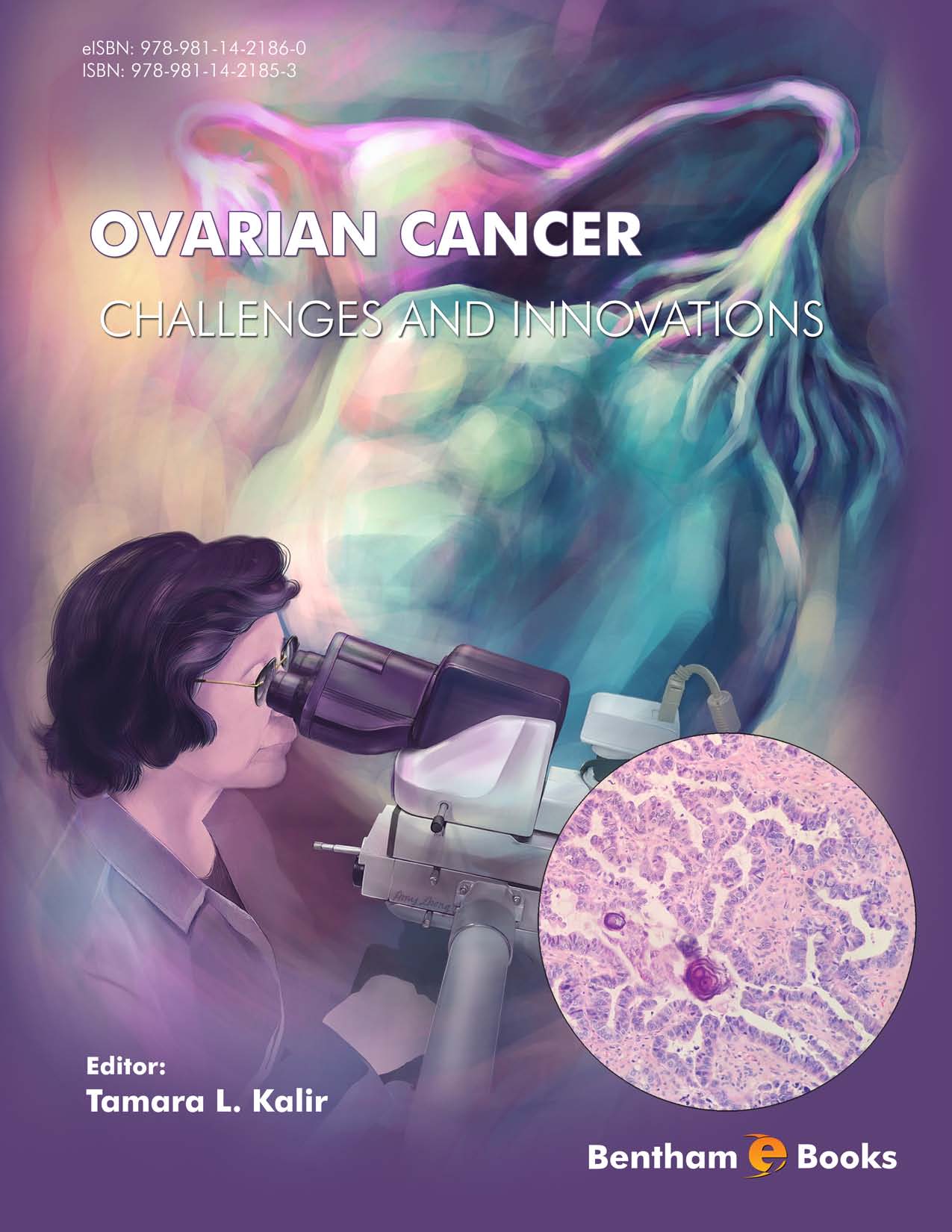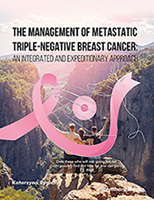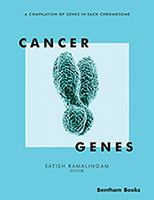Introduction
This informative book provides a wealth of information on ovarian cancer. The book opens with a discussion of contemporary management of this disease with commentary on surgery and clinical trials: neoadjuvant, dose-dense, and heated intraperitoneal chemotherapy (HIPEC}, as well as immunotherapy, vaccine therapy, emerging therapies. This is followed by presentations on ovarian cancer pathology. A chapter is devoted to methods of drug discovery through a functional genomics approach, with gene expression microarray databases available in public data repositories such as Public Gene Expression Omnibus (GEO} and validation using immunohistochemistry or Ingenuity Pathway Analysis (IPA). Next, the book explores the psycho-social issues that may be encountered by an ovarian cancer patient, including commentary on pain, fertility, anxiety, depression, demoralization, caregiver burnout, and end-of-life. The final chapter represents a step out from mainstream medical practice and provides an exposition of the mind-body interaction and the powerful role of belief in the healing process, with discussions of the placebo effect, nocebo effect, and numerous research studies that demonstrate the tremendous influence of our beliefs on our bodies and well-being.
Key Features:
- -Provides a holistic view of ovarian cancer.
- -Covers both conventional medical research topics and key social issues encountered by patients, caregivers and medical professionals.
- -Explains cancer pathology and related concepts with the help of illustrations and notes on future directions.
- -Features commentary from experts in ovarian cancer treatment.
- -Written in a reader-friendly style suitable for a wide range of readers
Ovarian Cancer – Challenges and Innovations is a comprehensive reference about ovarian cancer for medical students, residents, practitioners, healthcare support staff (nurses, physician assistants), medical researchers and scientists, as well as patients and interested laypersons seeking to improve their current knowledge of ovarian cancer.





